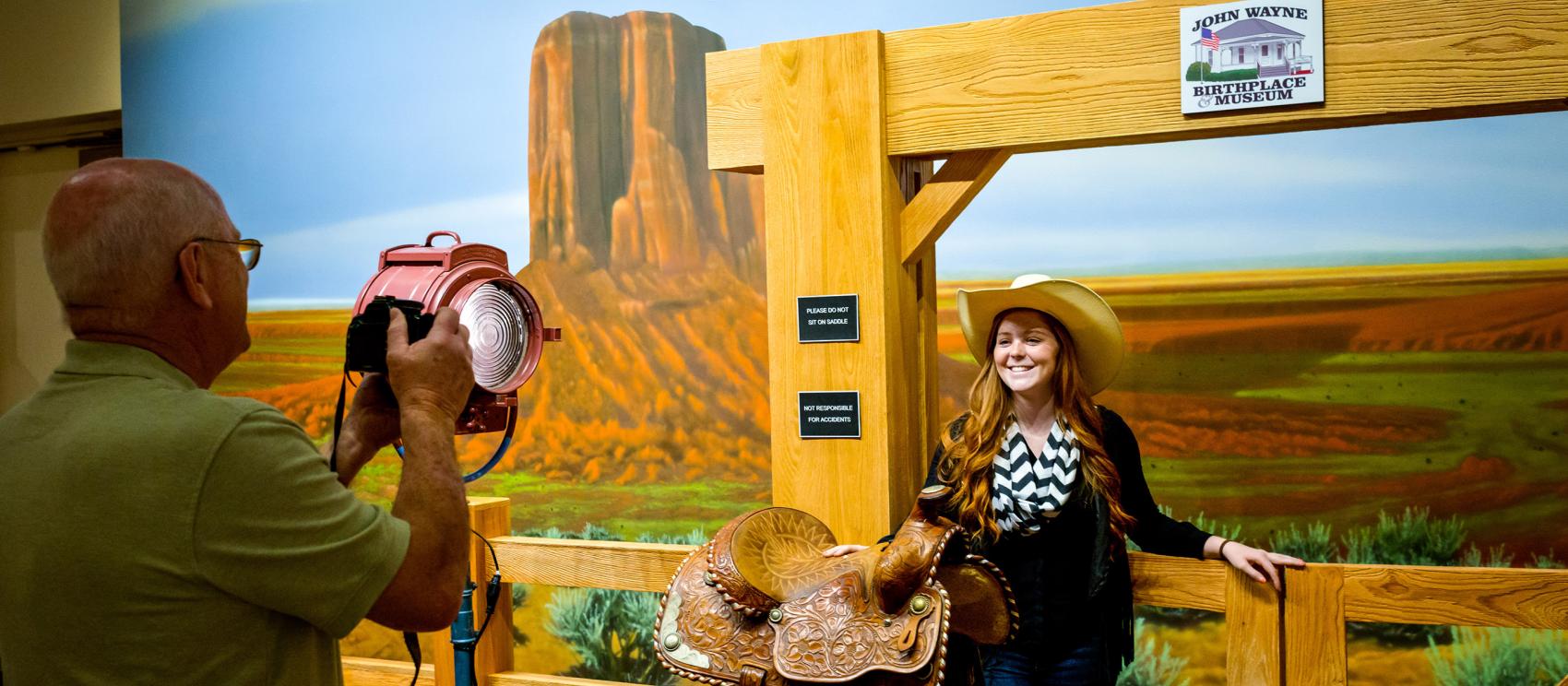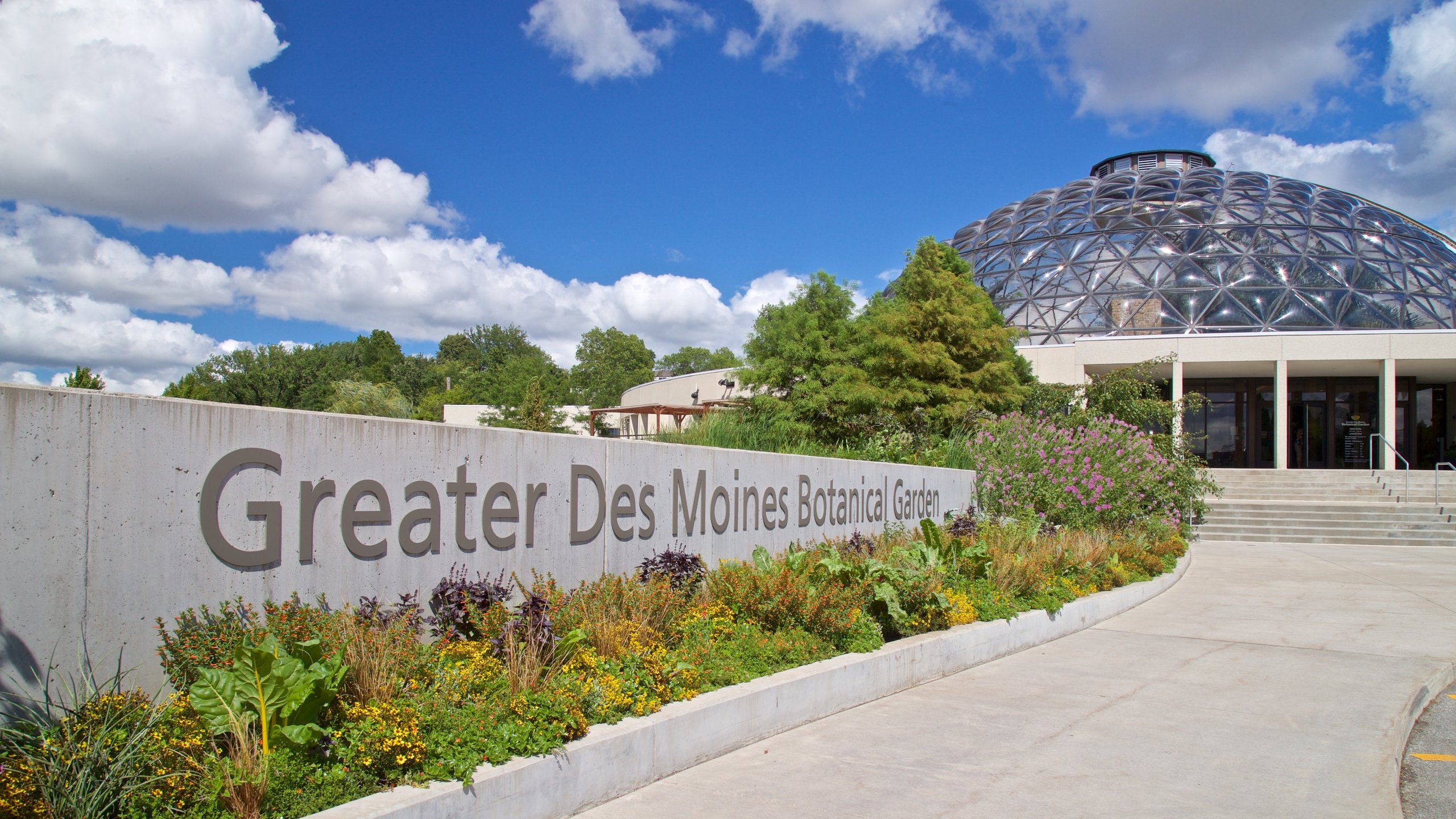Existen destinos que no puedes perderte en lowa, si realmente quieres disfrutar de tu viaje. Uno de ellos es Field of Dreams Movie Site, emblemático complejo deportivo o realizar una visita guiada a los puentes cubiertos del condado de Madison, entre muchos otros lugares; descúbrelos todos aquí.
¿Cuáles son las principales atracciones de lowa?
En lowa te esperan escenarios arquitectónicos llamativos, espacios al aire libre y actividades que garantizarán tu esparcimiento sin invertir demasiado dinero. Planifica tu itinerario incluyendo las siguientes visitas recomendadas:
National Mississippi River Museum & Aquarium
Dos atracciones juntas sobre uno de los ríos más emblemáticos de Estados Unidos. Aquí encontrarás infinidad de especies exhibidas en varios acuarios y se pone en evidencia cómo están conectados nuestros océanos, con ejemplares como el pez león, pulpo y caballitos de mar, entre otros.
Fenelon Place Elevator Co
Es el ferrocarril más corto y empinado del mundo, el cual ofrece vistas panorámicas a lo largo de 296 pies de largo.
Asimismo, es un Monumento Histórico Nacional, construido originalmente en 1882 por J.K. Graves para disponer de un acceso a su casa ubicada en la cima de la colina.
Capitol Building
Es el único palacio estatal dentro de los Estados Unidos que dispone de 5 cúpulas. Se encuentra ubicado entre la East 9th Street y Grand Avenue; formando parte de una hermosa colina que te ofrece una espectacular vista panorámica de la capital Des Moines.
Iowa 80 Trucking Museum
Atractivo turístico con acceso gratuito que consta de un edificio principal con 67.000 pies cuadrados dentro del cual se exhiben los vehículos, amplio estacionamiento para 900 camiones y 15 bombas de combustible diésel, entre otras cosas.
Iowa State Fairgrounds
Es uno de los eventos internacionales más importantes de este estado, cuenta con exposiciones industriales y agrícolas que son apreciadas por más de un millón de visitantes provenientes de todas partes del mundo, quienes admiran sus exhibiciones y disfrutan los logros alcanzados por diferentes expositores.
Horseshoes Council Bluffs
Un paraíso para los amantes de los juegos de azar; espacio que se mantiene abierto las 24 horas del día y dentro del cual se dispone de una sala de póquer con 18 mesas, un Caesars de servicio muy completo y más.
Grotto of the Redemption
Llamativa escultura elaborada con piedras importadas de todo el mundo, que adorna la entrada del santuario religioso de West Bend en lowa.
En dicho santuario encontrarás nueve grutas representativas de las escenas de la vida de Jesús. Además de tratarse de la colección de fósiles, petrificaciones y conchas más grandes creada por el hombre.

Pappajohn Sculpture Park
Localizado en Des Moines e inaugurado en 2009, cuando tan solo contaba con 24 esculturas que fueron valoradas en aproximadamente $40 millones de dólares, las cuales se donaron a la comunidad por Johns y Mary Pappajohn.
Downtown Farmers Market
Un mercado dentro del cual se brinda apoyo a los cultivadores, agricultores y empresarios de alimentos de lowa, el cual opera en la ciudad de Des Moines, corazón del estado.
Además, se trata del lugar ideal para adquirir alimentos artesanales propios de esta región y donde se ofrece a los visitantes una amplia gama de actividades y atracciones para su entretenimiento.
Eagle Point Park
Precioso parque ubicado por encima del río Mississippi, en la esquina noreste de la emblemática ciudad de Dubuque y que conforma el distrito histórico de lowa. Sin duda, un lugar que no puedes dejar de conocer sobre un hermoso acantilado.
Maquoketa Caves State Park
Ambiente repleto de cuevas naturales en varios tamaños, ideales para los amantes del turismo de aventura y exploraciones en ambientes naturales.
Como puedes apreciar, existen infinidad de destinos que no puedes perderte en lowa, por lo que te recomendamos comenzar a programar de inmediato tu visita a esta región de Estados Unidos y disfrutar en grande de todas sus bondades.






